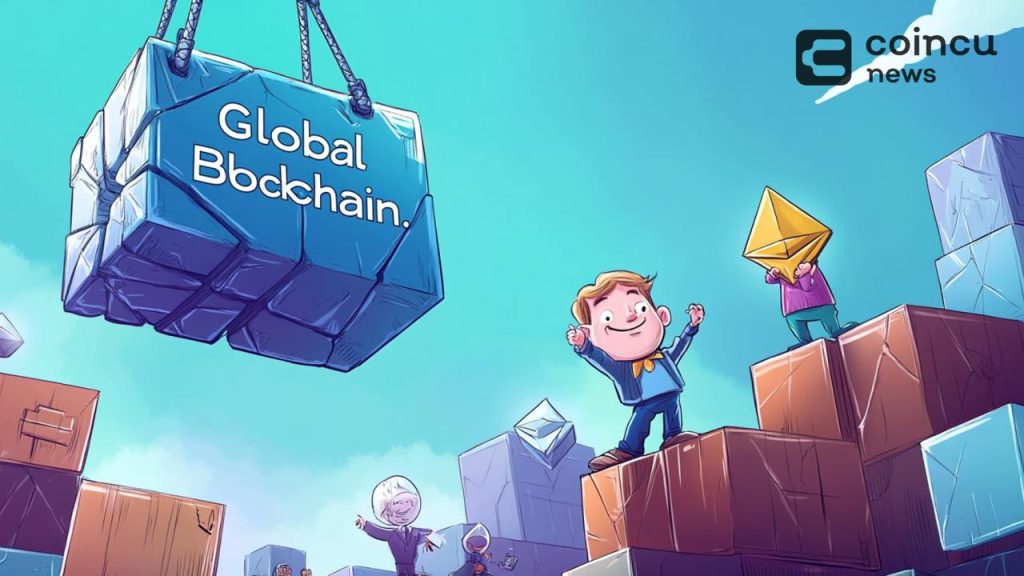Key Points:
- Solana’s high bandwidth and centralization limit its ability, which is why Solana cannot become the global blockchain backbone
- Lack of client diversity and reliance on a single validator client weakens Solana’s resilience.
Why Solana cannot become the global blockchain backbone: Due to centralization, bandwidth needs, and lack of client diversity, Solana struggles to match Ethereum.

Solana’s Limitations to Solana cannot become the Global Blockchain Backbone
Solana has a fair amount of challenges that need to be overcome before becoming the backbone of the new global financial system. One of the key limitations is that it lacks economic decentralization because only about 2% of SOL was sold publicly, with a huge insider allocation.
While this contrasts with Ethereum, which is highly decentralized via its proof-of-work model, further decentralization at scale is difficult in Solana because of the high bandwidth requirements placed by its monolithic architecture. It makes the network prone to outages and reliant on high-cost, high-speed internet infrastructure.
A key problem is that Solana has consensus and execution bundled together, raising the operational overhead and reducing its capability of matching Ethereum’s efficiency in L2 scaling. While Ethereum separates the execution and consensus layer, the architecture of Solana restricts scalability, raises costs, and doesn’t allow it to handle a vast amount of transactions with ease.
While Solana has recently been successful in some niche markets, Ethereum’s Layer 2 scaling model makes it the better choice for corporations and governments looking for secure, globally decentralized infrastructure, according to Ryan Berckmans – An Ethereum community member.
Read more: Pumpfun Solana Memecoin Sales Exceed 500K SOL, Totaling $162M
Why Solana Cannot Become the Global Blockchain Backbone Compete with Ethereum
This makes Solana unfit for the role of global blockchain backbone, highly dependent on high bandwidth and a lack of client diversity. Considering the minimum upload speed requirement of 10Gbps, it seems very unlikely that Solana can ever have a global, decentralized deployment without being shackled to centralized data centers. Its need for very high bandwidth constrains it inherently from deploying extensively in the field of decentralized finance, lacking the versatility that Ethereum would have to be used across a wide variety of environments.
In fact, without decentralized data capability, Solana cannot achieve resilience against both regulatory and network risks. Thus, Ethereum further reinforces its approach to decentralization and resilience through the diversity of its clients. That is, several independent clients reduce the risk of network disruption. While Solana has been running with only one client today, it has yet to achieve the true client diversity necessary for running a reliable global blockchain.
Conformance by Ethereum at both strategic and technical levels with L2 solutions and zero-knowledge proof aggregations underlines its position as a superior, long-term backbone for decentralized applications, positioning it as the go-to option for big institutional and governmental use.
| DISCLAIMER: The information on this website is provided as general market commentary and does not constitute investment advice. We encourage you to do your own research before investing. |




